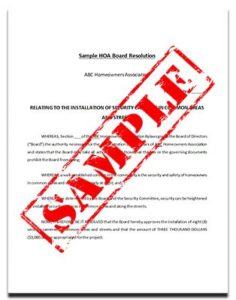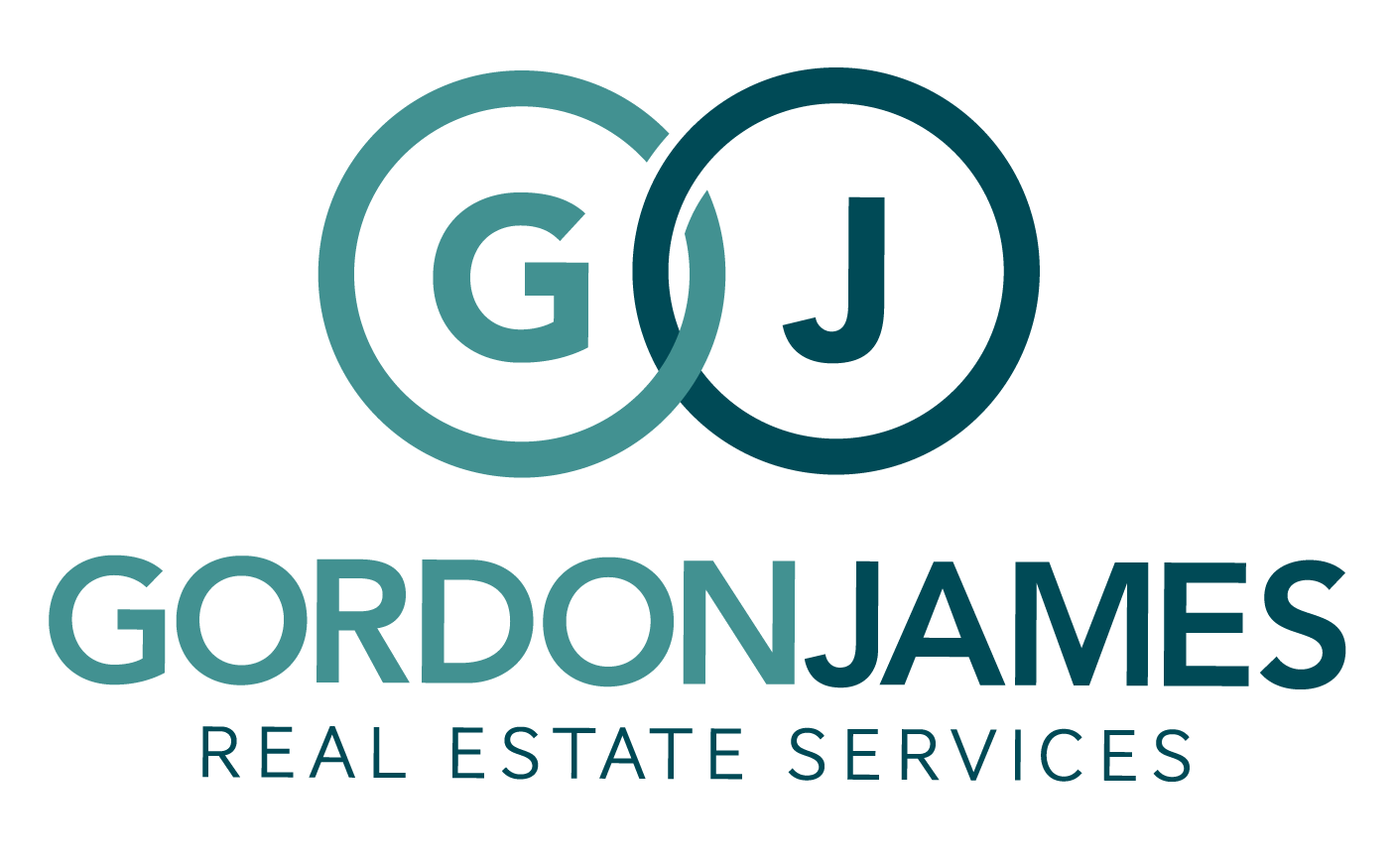What Is A HOA Board Resolution And How To Create One?

An HOA board resolution is an essential tool used in managing any community association. As such, every board member should know what it is and how to make it.
Browse By Category
Sign up for Our Newsletter
An HOA board resolution is an essential tool used in managing any community association. As such, every board member should know what it is and how to make it.
What Is an HOA Board Resolution?
Within the context of a homeowners association, a resolution is a formal statement created by the board relating to the policies and decisions of the board. It contains information on the purpose of the resolution and what action follows as well as where the board’s authority to make that decision comes from. Resolutions validate and support the board’s operations.
Types of HOA Resolutions
There are three types of HOA board resolutions — administrative, policy, and special. But, what exactly sets each one apart from the other?
1. Administrative
Administrative resolutions, also known as procedural resolutions, are those that deal with internal processes. These can take the form of proper procedures for board meetings, elections, architectural change applications, and the like. Of course, both the board and the members of the community must strictly and consistently adhere to these procedures.
2. Policy
Policy resolutions are those that influence the rights and obligations of owners. Boards typically use policy resolutions to clarify vague provisions within the governing documents. A lot of times, the CC&Rs only give a limited amount of information — not enough to support or help the board make a decision. This is where a policy resolution can come in.
Policy resolutions can come in many forms, such as resolutions related to the appearance of homes in the community, how common facilities must be used, pet restrictions, and more. Another term used to describe policy resolutions is interpretive resolutions.
3. Special
This is the final type of HOA board resolution. Special resolutions are those that deal with an individual situation. Boards use this to add a rule that currently does not exist within the operating rules of the association or to apply to an individual circumstance. For instance, a board might adopt a special resolution related to a decision concerning a violation.
How to Create a Homeowners Association Resolution
It is imperative to understand the process of creating your own board resolution. This way, you can draft clear and consistent resolutions that coincide with your board’s authority and conform to the law. But, what exactly are the steps involved?
1. Refer to the Law
 The first — and arguably the most important — step is to check federal and state laws. Remember that the law takes precedence above all else, including your governing documents.
The first — and arguably the most important — step is to check federal and state laws. Remember that the law takes precedence above all else, including your governing documents.
Resolutions can also be used in a court of law. Thus, if you enact a resolution that clashes with the law, it is deemed void and unenforceable. In some cases, you may even encounter liability as a result of enacting an unlawful resolution.
Before you even begin to draft your resolution, make sure to check the law for any conflicting provisions. For example, you can’t enact a resolution that bans satellites because the FCC’s OTARD Rule prevents you from doing that. Find someone on your board who has legal expertise. Alternatively, you can also consult with an HOA attorney.
2. Confirm Authority
After the law, your association’s governing documents take precedence. Make sure your documents give your board the authority to make new resolutions. Otherwise, your efforts will be all for naught.
When writing your resolution, don’t forget to reference the section of your bylaws or CC&Rs that give your board the power to enact resolutions. This way, no one will question your board’s authority from the get-go.
3. Research Information
Now comes the time for research. This is the part when your HOA board should discuss the resolution in detail. Make sure to ask specific questions, including but not limited to:
- Why are you proposing this new resolution?
- How will you enforce the resolution?
- What other details should your board address?
It is important to get everyone on your board on the same page so that you can move and act as one unit. Ironing things out from the beginning also helps ensure there are no grey areas left unresolved.
4. Draft the Resolution
After settling the details, it is time to actually write down the resolution. Resolutions are formal statements, so make sure to follow a standard format. It is a good idea to use the format adopted by the previous boards so that there is uniformity.
What should your HOA board resolution include?
- The specific section of your bylaws that gives your board the authority to create the resolution
- Why you are proposing this resolution
- Detailed specifications of the resolution
- How does your board plan to enforce the new resolution
5. Obtain Feedback
 Resolutions do not generally require a vote from the owners to pass. Instead, it only usually requires a vote from the board. Still, that does not mean your board should just do whatever you want without regard to the rest of the community.
Resolutions do not generally require a vote from the owners to pass. Instead, it only usually requires a vote from the board. Still, that does not mean your board should just do whatever you want without regard to the rest of the community.
After drafting your resolution, send a copy to the members of the association. Allow them to read through the resolution and provide feedback. Their opinions and concerns matter. If they have any questions, answer them. If they feel that the resolution consists of vague terms, edit and clarify them.
While you should value and obtain resident feedback, you don’t always have to follow them. Remember that it is your board’s fiduciary duty to make decisions within the community’s best interests — not the owners’ individual interests. You can’t please everyone.
6. Vote on the Resolution
The penultimate step in the resolution process is to vote on the proposed resolution. Board members should follow all the procedures for voting, including providing notice and establishing a quorum.
7. Enforce Consistently
If the resolution passes, it is time to enforce it. Enforcing a resolution is usually a never-ending step, and your board might feel tempted to slack off or become lax. This is a bad idea. You must enforce every resolution in a consistent and unbiased manner. Otherwise, owners won’t take your resolutions seriously anymore.
HOA Board Resolution Sample
Drafting your own board resolution is often easier said than done. To help you create your own, use the sample below as your guide.

Download Your Free HOA Board Resolution Template Here
The Road to Better Governance
An HOA board resolution helps formalize and clarify community procedures, internal workings, and individual situations. Given its significance, every board must know how to make resolutions the right way. Of course, not all boards have the time or expertise to deal with the more tedious tasks associated with creating resolutions.
This is where an HOA management company can help. Start looking for the best one in your area today using our comprehensive online directory.
RELATED ARTICLES:
- What Are Unenforceable HOA Rules? What To Do About Them?
- HOA Rules And Regulations 101
- What Are HOA Restrictive Covenants?
Trending Now
Related Article
Sign up for Our Monthly Newsletter
Sign up below for monthly updates on all HOA Resource
















